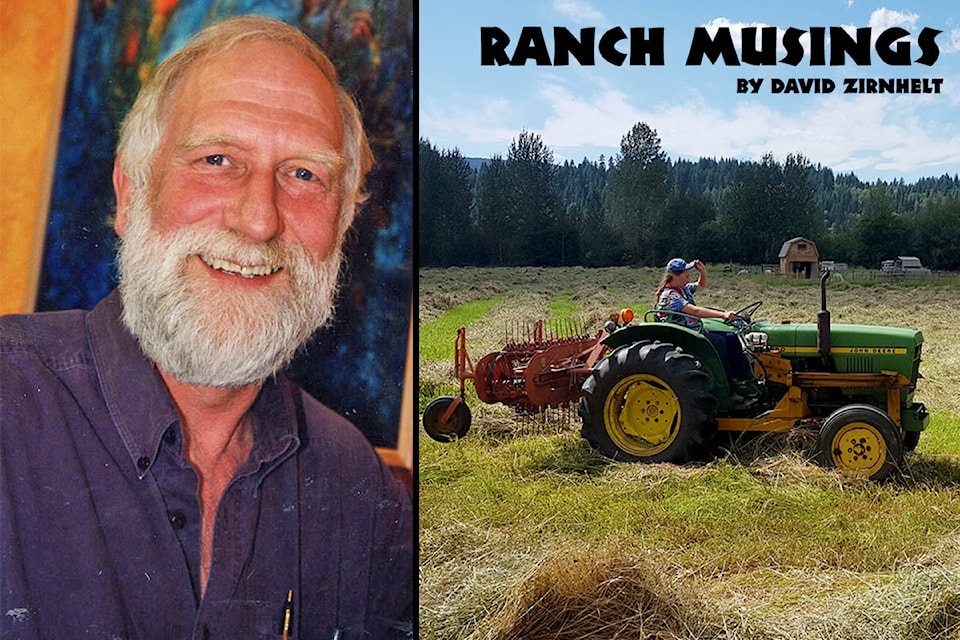We are currently in the midst of our calving season. This dry weather has allowed us to have our cows in a treed pasture with lots of room to hide out if any wish isolation.
While it makes it harder to find them all, at least they have fresh grassy areas and plenty of shelter. My partner and I team up to look for any newborns and note them for later in the day when the mother has licked them clean and hopefully let them get the first milk full of colostrum which kickstarts the immune system.
If they don’t start this nursing then we will place a tube through the mouth into the stomach. If. Not done right, milk can pour into the lungs, so this tubing operation must be done carefully. If the calf is up and nursing then we give the pair a short grace period of the day before we give them booster shots and tag them for identification.
If there is a cow missing and she doesn’t come for feeding (hay), then we give it our best try to find her in case she or the calf has difficulties. Sometimes they jump a fence or find a hiding place which means we search a couple of times during the day and hope for the best.
There is always the possibility that a mother rejects her calf or a mother may take over another’s calf—just because she has strong mothering instincts. This might not be the best on the open range because mothers of two may leave one behind if the herd is travelling. This is also the negative side of having twins.
We say that cows generally can’t count to “two.”
READ MORE: The aging ranchers bumble along
With an early spring such as we are having the snow is gone at lower elevations and it is too cold for the brush and trees to leaf out so one can see a long way through the trees. I have mentioned this before, but a slow leafing out makes it possible to observe the surroundings.
Land and vegetative cover can vary tremendously over a few dozen meters which makes for rich biodiversity. We believe that cattle can prune or graze on the brush and some of the flowers that come up.
We try not to graze the same area at the same time every year so plants get to retain their vigour.
We have beaked hazelnuts growing where we are and they have two flowers: the male is a brownish catkin while the female is a tiny purple or fuchsia flower in clusters according to Plants of Southern British Columbia. With no leaves yet and the sun shining through the trees, these purple flowers shine like little bright stars of colour, small and beautiful.
David Zirnhelt is a rancher and member of the Cariboo Cattlemen’s Association. He is also chair of the Advisory Committee for the Applied Sustainable Ranching Program at TRU.
Do you have a comment about this story? email:
editor@wltribune.com
Like us on Facebook and follow us on Twitter.
